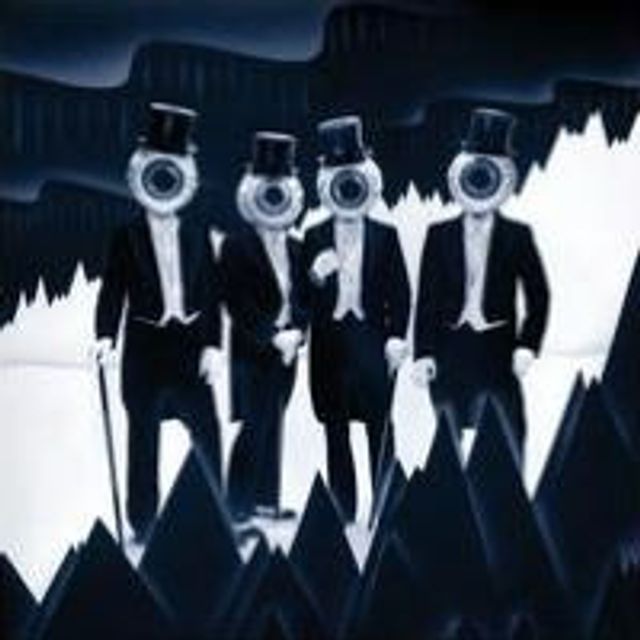Home
Baleen Basketry of the North Alaskan Eskimo
Barnes and Noble
Baleen Basketry of the North Alaskan Eskimo
Current price: $110.00


Barnes and Noble
Baleen Basketry of the North Alaskan Eskimo
Current price: $110.00
Size: Hardcover
Loading Inventory...
*Product information may vary - to confirm product availability, pricing, shipping and return information please contact Barnes and Noble
Baskets made of baleen, the fibrous substance found in the mouths of plankton-eating whales—a malleable and durable material that once had commercial uses equivalent to those of plastics today—were first created by Alaska Natives in the early years of the twentieth century. Because they were made for the tourist trade, they were initially disdained by scholars and collectors, but today they have joined other art forms as a highly prized symbol of native identity. Baskets of exquisite workmanship, often topped with fanciful ivory carvings, have been created for almost a century, contributing significantly to the livelihood of their makers in the Arctic villages of Barrow, Point Hope, Wainwright, and Point Lay, Alaska.
Baleen Basketry of the North Alaskan Eskimo
, originally published in 1983, was the first book on this unusual basket form. In this completely redesigned edition, it remains the most informative work on baleen baskets, covering their history, characteristics, and construction, as well as profiling their makers. Illustrations of the basketmakers at work and line drawings showing the methods of construction are a charming addition to this book, which belongs in the library of all those with an interest in the art of basketry and in Alaskan Native arts in general.
Baleen Basketry of the North Alaskan Eskimo
, originally published in 1983, was the first book on this unusual basket form. In this completely redesigned edition, it remains the most informative work on baleen baskets, covering their history, characteristics, and construction, as well as profiling their makers. Illustrations of the basketmakers at work and line drawings showing the methods of construction are a charming addition to this book, which belongs in the library of all those with an interest in the art of basketry and in Alaskan Native arts in general.


















